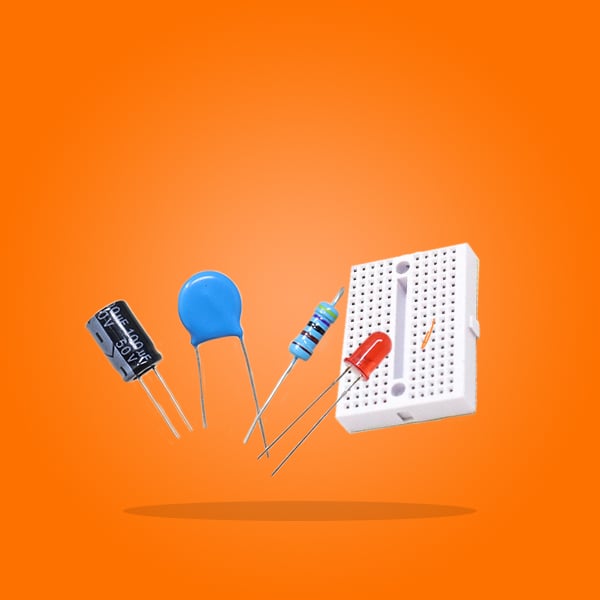In the realm of electrical engineering and physics, two fundamental concepts play a pivotal role in understanding the behavior of electric circuits: voltage and current. While often used interchangeably in everyday conversations, these terms possess distinct meanings and characteristics. In this article, we delve into the depths of voltage and current, unraveling their disparities and shedding light on their significance in the world of electricity.
- Defining Voltage:
Voltage, also known as electric potential difference, is a fundamental concept that measures the force that drives electric charges to move within a circuit. It represents the energy per unit charge available to perform work. Voltage is measured in volts (V) and is denoted by the symbol V in equations. It is analogous to the pressure in a fluid system, as it provides the impetus for current flow. - Understanding Current:
Current, on the other hand, refers to the flow of electric charges within a circuit. It is the rate at which charges pass through a given point in a conductor. Current is measured in amperes (A) and is denoted by the symbol I in equations. Current can be visualized as the flow of water in a pipe, where the voltage acts as the driving force and the current represents the quantity of charges flowing. - Relationship between Voltage and Current:
While voltage and current are distinct entities, they are intricately linked through Ohm's Law. Ohm's Law states that the current flowing through a conductor is directly proportional to the voltage applied across it and inversely proportional to its resistance. Mathematically, Ohm's Law can be expressed as I = V/R, where I is the current, V is the voltage, and R is the resistance. This relationship highlights the interdependence of voltage and current in an electric circuit. - Voltage and Current in Practical Applications:
In practical applications, voltage and current serve different purposes. Voltage is often associated with the power supply or source, providing the necessary energy to drive current flow. It determines the potential difference between two points in a circuit, enabling the transfer of energy from the source to the load. Current, on the other hand, represents the actual flow of charges and is responsible for powering devices and performing useful work. - Analogy: Voltage as the Driving Force and Current as the Flow:
To better comprehend the disparity between voltage and current, an analogy can be drawn with a water system. Voltage can be likened to the water pressure in a pipe, which provides the driving force for water flow. Similarly, voltage acts as the impetus for current flow in an electrical circuit. Current, in this analogy, represents the actual flow of water through the pipe, analogous to the flow of electric charges in a circuit.
Conclusion:
In conclusion, voltage and current are fundamental concepts in the realm of electricity, each possessing distinct characteristics and roles. Voltage represents the electric potential difference, acting as the driving force for current flow. Current, on the other hand, signifies the actual flow of electric charges within a circuit. Understanding the disparities and interplay between voltage and current is crucial for comprehending the behavior of electric circuits and designing efficient electrical systems.
